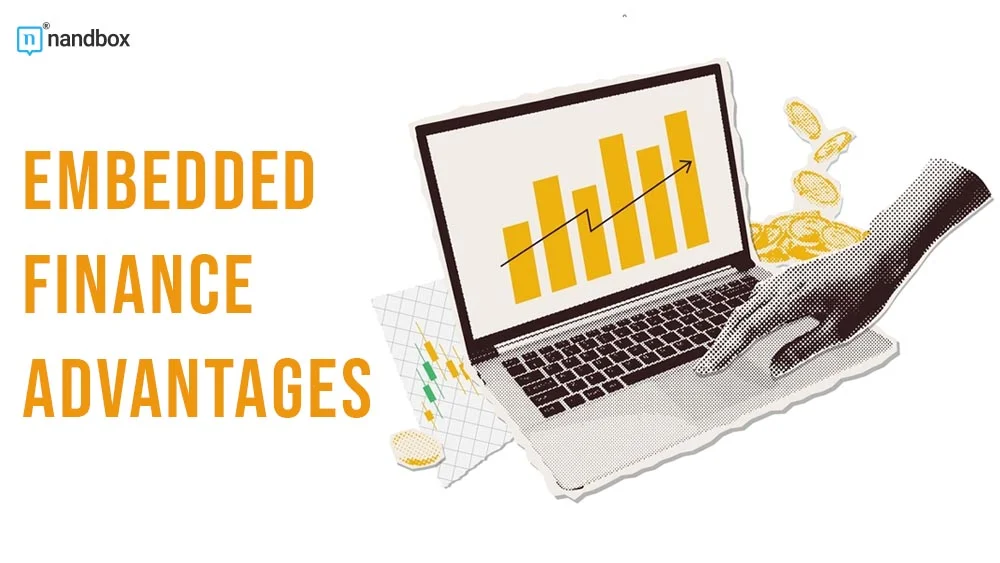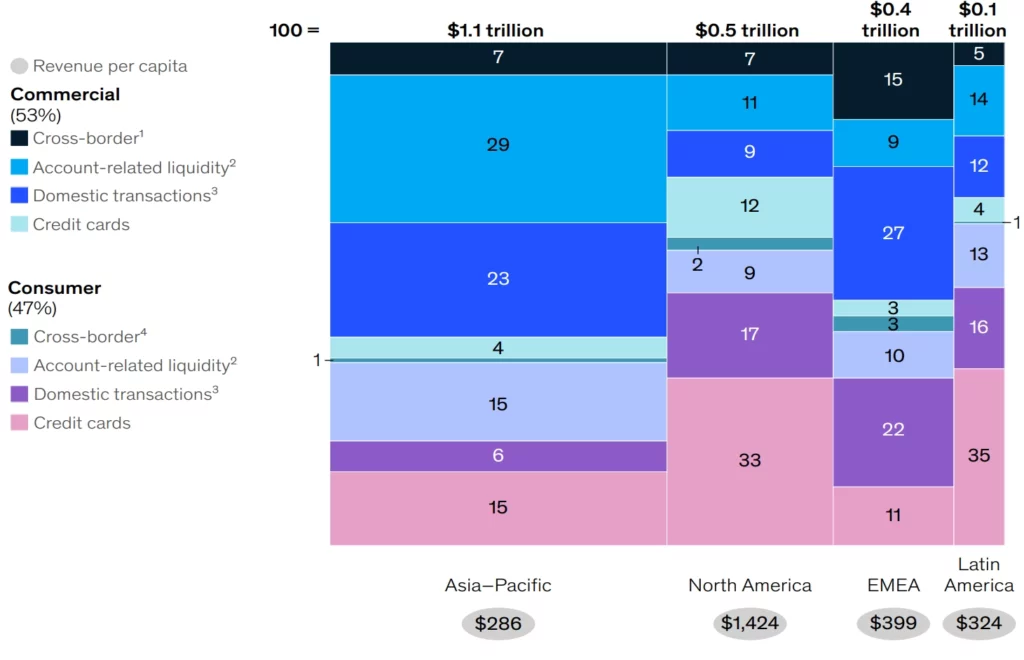Firstly, to clear away any misunderstanding, let’s start by presenting “embedded finance.” It is the process of including financial services into non-financial platforms. This way, consumers can easily obtain financial goods through regular digital interactions, such as loans, insurance, and payments. Due to shifting consumer preferences for ease and seamless experiences, as well as technological improvements (notably through APIs), this integration is becoming more and more common.
Embedded finance is rapidly changing the banking and financial industries. This is by directly integrating financial processes into the digital platforms of non-financial businesses. Hence, making financial transactions simple and integrated. It not only improves the consumer experience but also creates new revenue streams for businesses that incorporate these financial services.
The embedded finance method also has one of the added advantages of building stronger relationships with clients. This is by providing financial services whenever and wherever needed, eliminating the need for separate banking transactions.
As expected, the trend is being pushed by the growing adoption of smartphones and fintech developments, which have accelerated the digitalization of commerce and customer comfort by using digital services for financial transactions.
All things considered, embedded finance can keep expanding, changing the way financial services are provided and maybe kicking off a new era of financial engagement within the digital consumer journey. This connection has the potential to completely transform one-stop financial shopping by offering customers a more seamless and user-friendly experience.
Advantages of Embedded Finance in One-Stop Financial Shopping
It’s easy to spot that embedded finance offers several advantages in industries related to business and customer interactions. This greatly improves the convenience of one-stop financial purchasing.
For instance, consumers can get the financial tools they need without having to switch between several platforms or services. Instead, they can access the resources they need right within the platform they are already using.
Also, transactions are seamless and hassle-free thanks to this integration, which offers a seamless and consistent user experience. Whether it’s getting a loan, buying insurance, or making payments, the processes are simplified to improve user satisfaction by cutting down on the number of steps and effort needed from the customer.
According to McKinsey’s report, approximately one-third of all transactions globally and half of all transactions in the US are made with an online credit card, indicating the growing importance of online purchasing in the global economy.
This shift towards digital transactions is even more evident in the U.S. A growing number of small and midsize businesses are adopting software solutions to streamline their operations. Having said that, embedded payment systems are not just for big businesses—small businesses can also benefit from and have access to them.
A POS system, for instance, might be used by a nearby brick-and-mortar business to enable them to take payments right on-site. As a result, this will improve cash flow and reduce the time spent on traditional invoicing. It will also streamline the financial reconciliation procedure.
Downsides of Embedded Finance
Even though embedded finance sounds like a perfect solution, especially for one-stop shops, it’s not only fun and games. We have to remember that complicated regulatory constraints are introduced when financial services are integrated into non-financial platforms. For example, regulations associated with finance, which can be difficult and time-consuming to understand, must be followed by companies that wish to participate in embedded finance. Consequently, compliance delays the implementation of new services, which often requires large resources.
Moreover, the technical processes required can put stress on current systems. So, companies need to make sure that their infrastructure can manage the integration without sacrificing usability or speed. Now, when it comes to safety, another aspect to consider is that it becomes even more important to handle sensitive data securely when financial services are integrated into larger platforms.
Strong encryption and data security protocols must be in place to stop data breaches, which can damage consumer confidence and cause serious financial and reputational harm.
A Brighter Future
Anyhow, embedded finance can certainly open the door to a new era of one-stop financial shopping. In turn, it will provide customers with a more smooth, integrated, and user-friendly experience. In summary, businesses can boost client relationships, generate new revenue streams, and improve the user experience by integrating financial services into non-financial platforms.
Although embedded finance has certain challenges, it’s able to offer simplified financial services where and when consumers need them. This could very well transform one-stop financial shopping, increasing its efficiency and accessibility for more consumers.






